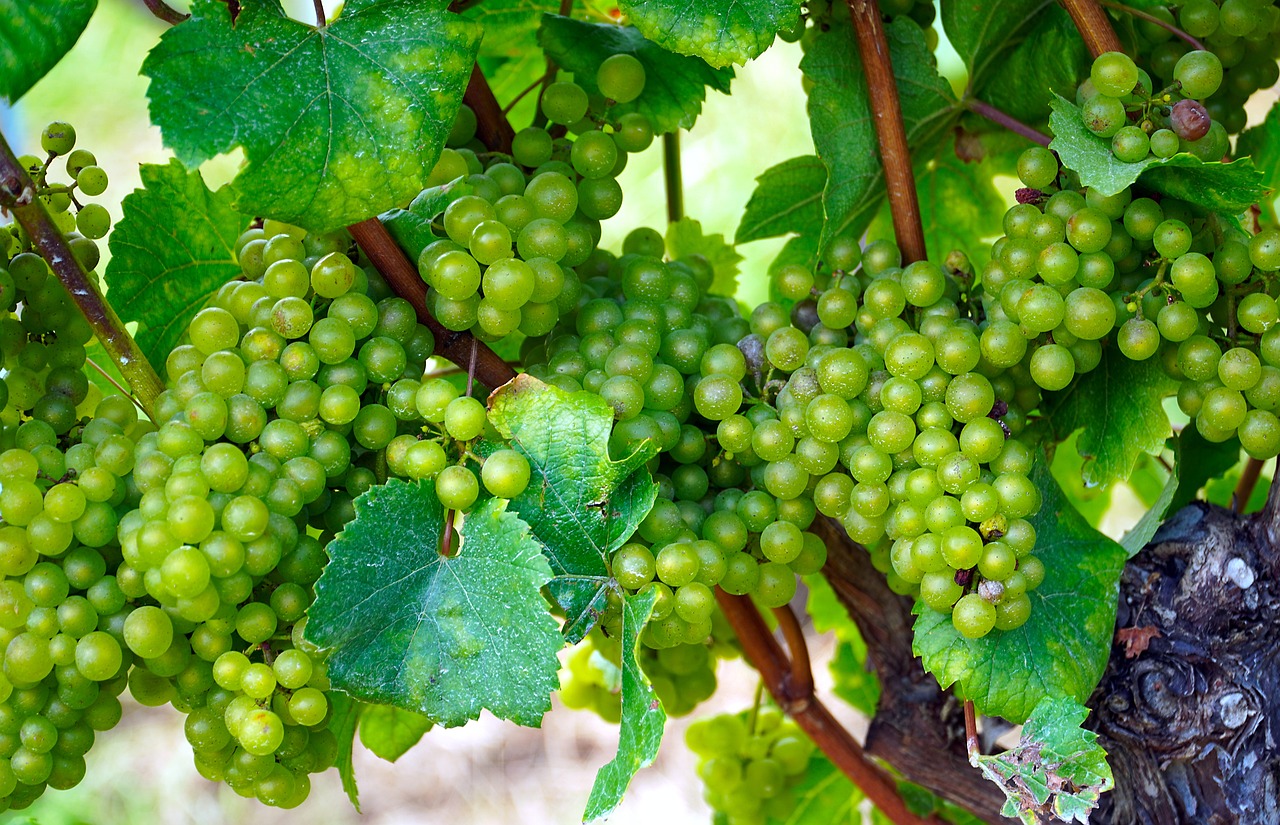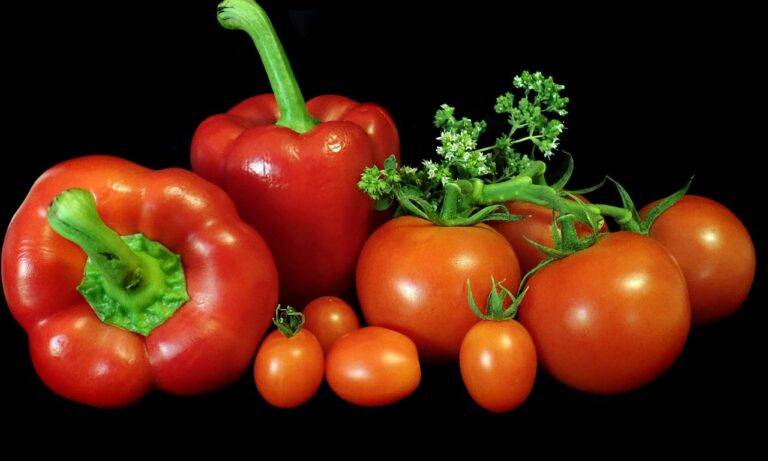The Impact of Technology on Modern Agriculture
Agricultural technology has a rich history that dates back thousands of years. In ancient times, early civilizations developed tools like hand plows, sickles, and irrigation techniques to maximize their crop production. These early innovations laid the foundation for the evolution of agricultural technology.
As societies progressed, so did farming techniques and tools. The Industrial Revolution marked a significant turning point in agricultural technology with the invention of mechanical seed drills, reapers, and threshers. These inventions revolutionized farming practices by increasing efficiency and productivity, allowing farmers to cultivate larger areas of land and meet the growing demand for food.
Advancements in Farming Machinery
Two significant advancements in farming machinery are the development of autonomous tractors and the integration of GPS technology. Autonomous tractors are revolutionizing the way farmers plant, cultivate, and harvest crops by reducing the need for human intervention. These self-driving machines are equipped with sensors and cameras that allow them to navigate fields efficiently and accurately, ultimately increasing productivity and reducing operational costs.
Moreover, the integration of GPS technology in farming machinery has enabled farmers to precisely map and monitor their fields. By utilizing GPS data, farmers can create precise planting patterns, manage irrigation more effectively, and optimize the use of fertilizers and pesticides. This technology not only enhances crop yields but also promotes sustainable farming practices by minimizing waste and environmental impact.
Precision Agriculture Techniques
Precision agriculture techniques have revolutionized the way farmers manage their crops and maximize yields. By utilizing technologies such as GPS, drones, and soil sensors, farmers can monitor and analyze field conditions to make data-driven decisions in real time. This targeted approach allows for the precise application of resources like water, fertilizers, and pesticides, resulting in increased efficiency and reduced environmental impact.
Moreover, precision agriculture techniques enable farmers to create detailed maps of their fields, showcasing variations in soil composition and crop health. By using this information to create prescription maps for planting and inputs, farmers are able to tailor their practices to meet the unique needs of each specific area within their fields. Ultimately, this level of precision not only improves crop yields but also promotes sustainability in agriculture for future generations.





